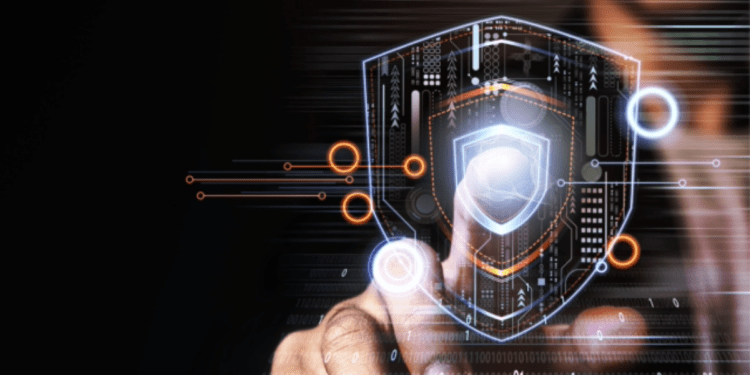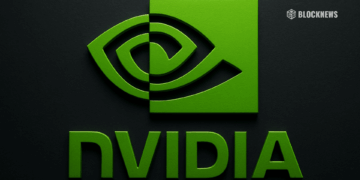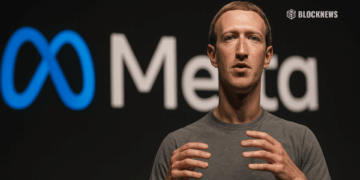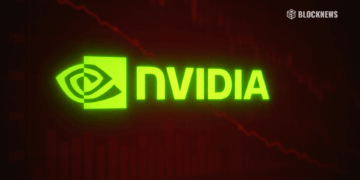Web3’s decentralization, encryption, and self-sovereign identity can give users control over their personal information.
- Web3’s decentralized design and self-sovereign identity put users in control of their data, revolutionizing data privacy compared to Web2.
- Web3’s encryption ensures top-tier data security, making unauthorized access virtually impossible and safeguarding user information.
- With smart contracts, Web3 lets users define how and when their data is shared, promoting transparency and accountability in the digital realm.
As the internet evolves into Web3, data privacy becomes more important than ever. Enhanced privacy can give users control over their personal information.
Understanding Web3: Beyond Centralization
Web3, often referred to as the “decentralized web,” represents a paradigm shift from the current internet landscape. Unlike the traditional Web 2.0, which is characterized by centralized platforms and data silos, Web3 embraces decentralization, transparency, and user empowerment. At its core, Web3 utilizes blockchain technology to create a more open and user-centric online environment. As Michael Casey, co-author of “The Truth Machine,” points out, “Web3 envisions a world where individuals have more control over their digital interactions and personal data.”
The Data Privacy Crisis in Web2
The current digital ecosystem, dominated by large tech corporations, has led to widespread concerns about data privacy. User data is often collected, monetized, and even misused without adequate consent. This has resulted in numerous privacy breaches and incidents of unauthorized data sharing. As noted by the Electronic Frontier Foundation, “Web2 has eroded user privacy by concentrating data within a few powerful entities.”
Web3’s Approach to Data Privacy
Web3 introduces a novel approach to data privacy by prioritizing decentralized control. One of its key features is self-sovereign identity (SSI), where users have ownership and control over their digital identity without relying on a central authority. Through the use of blockchain and cryptographic principles, users can selectively share their personal information, ensuring that only necessary data is revealed. Arweave co-founder Sam Williams emphasizes that Web3’s architecture “makes it possible to have data stored in a way that only the user can control.”
Empowering Users Through Encryption
Encryption plays a pivotal role in Web3’s data privacy framework. Unlike the traditional internet, where data is often transmitted and stored in plaintext, Web3 leverages advanced encryption mechanisms. This ensures that even if data is intercepted, it remains unreadable without the appropriate decryption key. Web3 employs end-to-end encryption, minimizing the risk of unauthorized access.
User-Centric Data Sharing
Web3 transforms data sharing into a user-centric process. Through the use of smart contracts, users can define specific conditions under which their data can be accessed. For instance, medical records can be shared with healthcare providers for a limited duration, ensuring that sensitive information isn’t stored indefinitely. This dynamic approach to data sharing puts users in charge of their information, fostering a more transparent and accountable digital ecosystem.
Challenges and Considerations
While Web3 offers promising solutions to data privacy challenges, it’s not without its hurdles. The technology is still in its infancy, and issues such as scalability and user experience need to be addressed. Additionally, the transition from Web2 to Web3 requires a significant shift in user behavior and understanding. Educating users about the importance of managing their own keys and digital identity is crucial for the success of Web3.
Conclusion: A Privacy-Centric Digital Future
Web3 promotes a privacy-centric digital future by prioritizing decentralization, self-sovereign identity, and encryption. It empowers users to reclaim control over their data, offering a vision of digital empowerment and autonomy. As users become more aware of their rights, Web3 has the potential to transform digital identity from a liability into an asset, fostering a trusted, transparent ecosystem.














